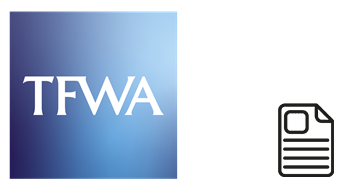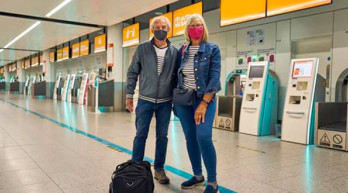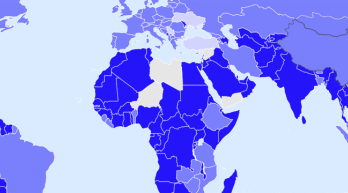
For a business born in 1947 on the west coast of Ireland to serve transatlantic air passengers, it might seem strange that Europe, rather than North America, was duty free and travel retail’s largest market by sales for over 60 years. Things finally changed in 2012, when Generation Research figures show Asia Pacific taking over as market leader. Boosted by the rapid growth of economies like China’s, sales to travellers in the region almost quadrupled between 2008 and 2018 to reach just under half of total worldwide turnover. Europe remains the clear no.2, but the industry’s centre of gravity has unquestionably moved eastwards.
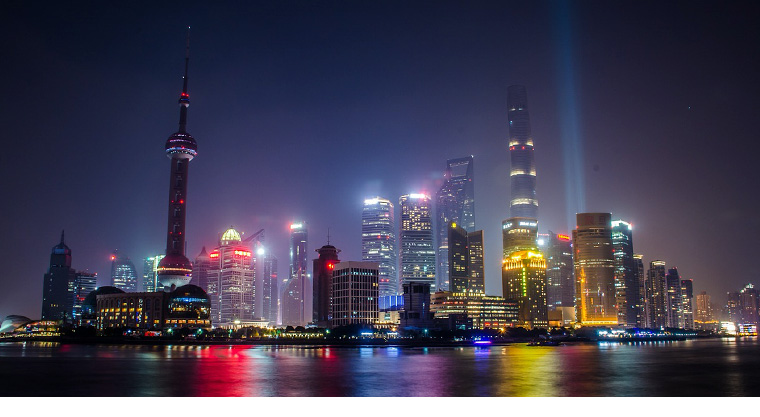 Most travellers buy duty free and travel retail goods in airport shops, but significant numbers purchase on aeroplanes, ferries, at borders or in city-centre duty free stores. The balance between these non-airport channels has altered over the last few years with the rise of off-airport retailing in shopping malls that target travellers, such as China Duty Free Group’s gigantic "offshore duty free" outlet in Haitang Bay, Hainan Island. At the same time, duty free sales aboard cruise ships have risen steadily as cruising itself becomes more popular. Consequently, such off-airport sales now account for over 40% of the global business, taking market share from the inflight and ferry channels.
Most travellers buy duty free and travel retail goods in airport shops, but significant numbers purchase on aeroplanes, ferries, at borders or in city-centre duty free stores. The balance between these non-airport channels has altered over the last few years with the rise of off-airport retailing in shopping malls that target travellers, such as China Duty Free Group’s gigantic "offshore duty free" outlet in Haitang Bay, Hainan Island. At the same time, duty free sales aboard cruise ships have risen steadily as cruising itself becomes more popular. Consequently, such off-airport sales now account for over 40% of the global business, taking market share from the inflight and ferry channels.
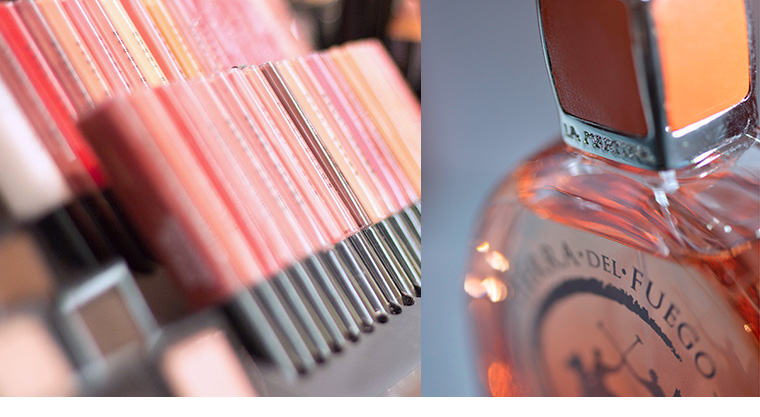 As well as where travellers choose to buy, what they put into their shopping baskets has also changed. Fragrances and cosmetics have long been a popular purchase in duty free and travel retail, but during the decade to 2018, their sales almost tripled in value, far outpacing the overall market whose turnover nearly doubled. Much of that momentum has come from the make-up and skincare sectors, which are especially strong in Asia Pacific. The other category to prosper is fashion and accessories, growing from US$4.8bn in 2008 to US$10.8bn in 2018. Products like wines and spirits, confectionery and tobacco have also seen their sales rise over the same period, but they have lost market share in relative terms.
As well as where travellers choose to buy, what they put into their shopping baskets has also changed. Fragrances and cosmetics have long been a popular purchase in duty free and travel retail, but during the decade to 2018, their sales almost tripled in value, far outpacing the overall market whose turnover nearly doubled. Much of that momentum has come from the make-up and skincare sectors, which are especially strong in Asia Pacific. The other category to prosper is fashion and accessories, growing from US$4.8bn in 2008 to US$10.8bn in 2018. Products like wines and spirits, confectionery and tobacco have also seen their sales rise over the same period, but they have lost market share in relative terms.

